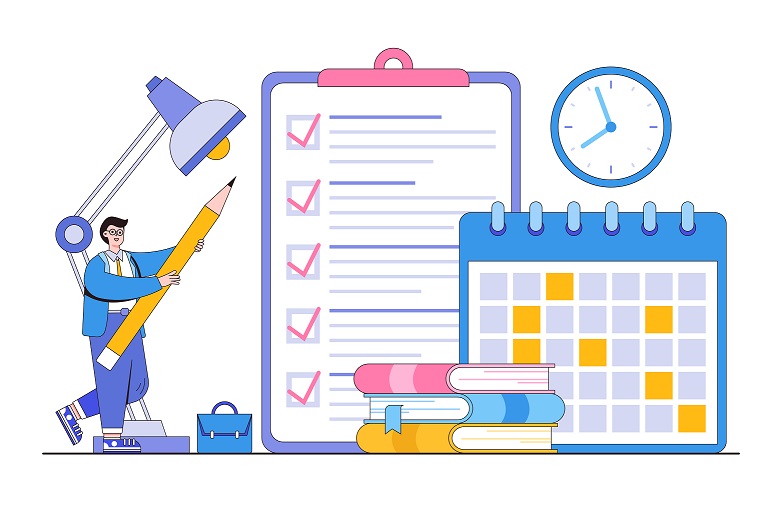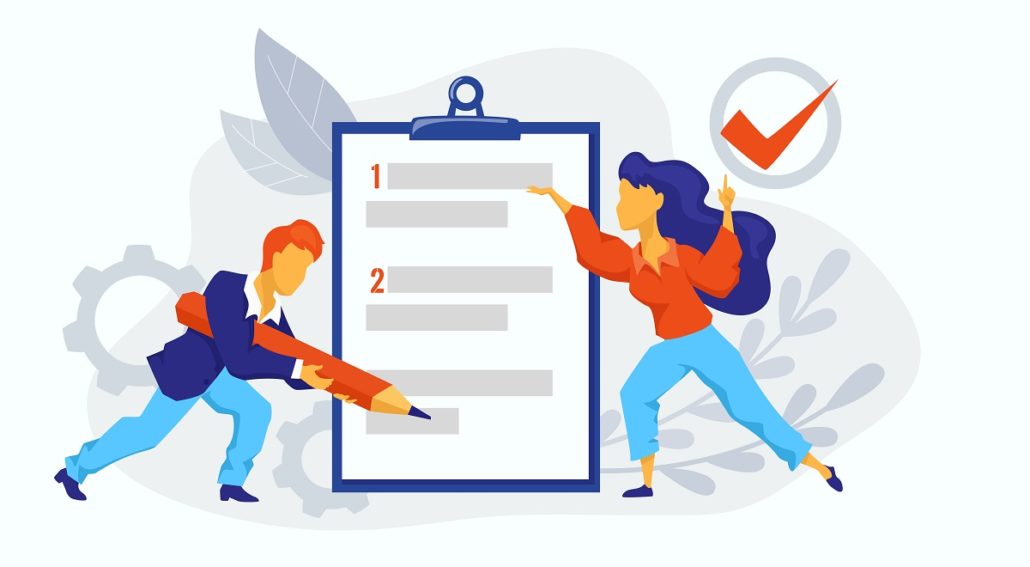Minimum Wage in the US by State & Federal Rate in 2022 (and 2023 Increases)

What is a remote-first culture and to build one in your company.
Asynchronous and Synchronous Communication in Remote Teams

What is a remote-first culture and to build one in your company.
A Guide to Managing Leaves for Your Hybrid Team

What is a remote-first culture and to build one in your company.
The Ultimate Guide to Daily and Weekly Status Reports

What is a remote-first culture and to build one in your company.
How to Run a Successful Remote Team Meeting

What is a remote-first culture and to build one in your company.
Best Practices for Onboarding Remote Employees

What is a remote-first culture and to build one in your company.
How to Make Productivity Metrics Work for Your Business Goals?

What is a remote-first culture and to build one in your company.
Why Time Tracking Matters for Your Business and Employees?
What is a remote-first culture and to build one in your company.
How to Create A Robust Hybrid Work Policy – The Complete Guide

What is a remote-first culture and to build one in your company.
Time Tracking Laws/Regulations in Different Countries (Includes EU Zone)
What is a remote-first culture and to build one in your company.
